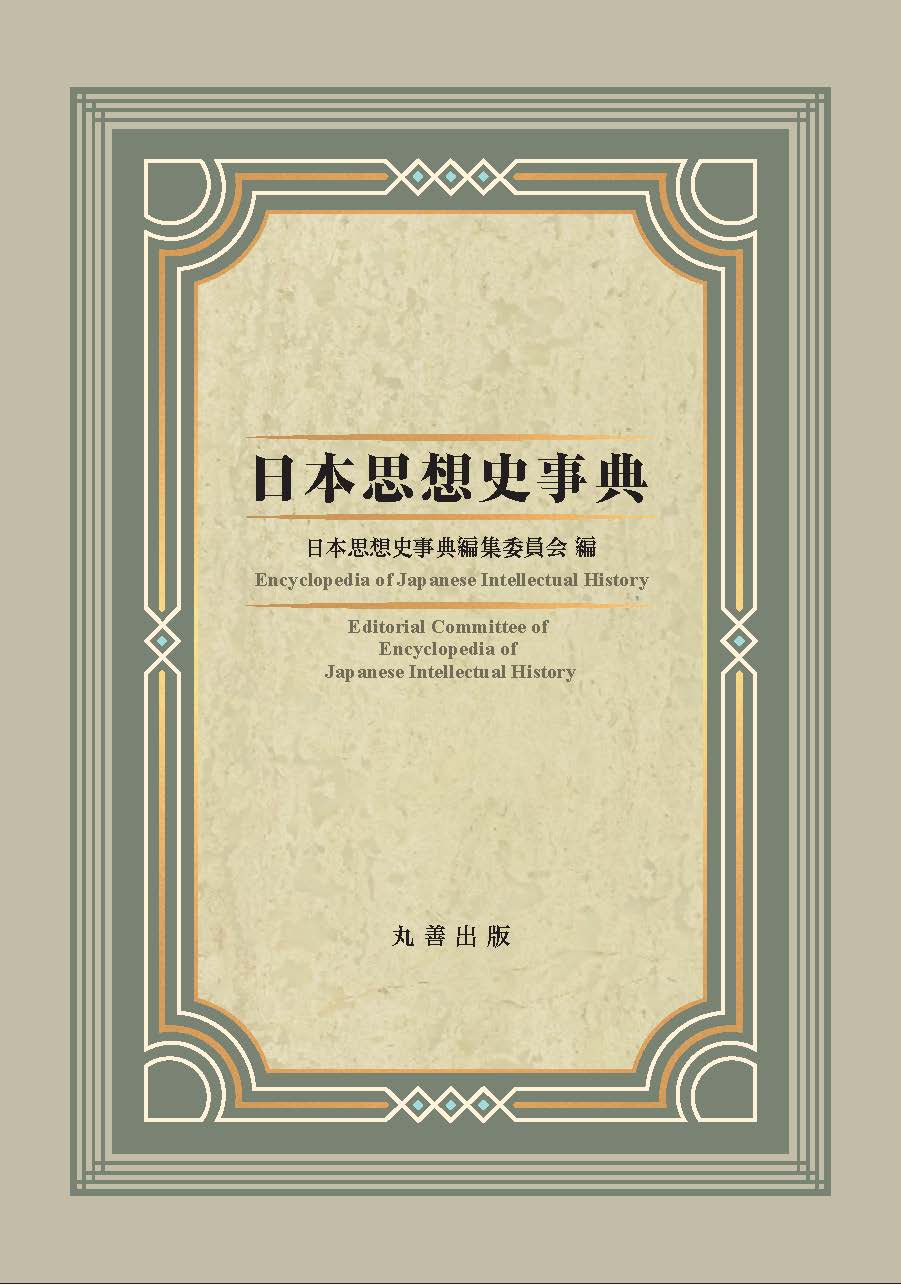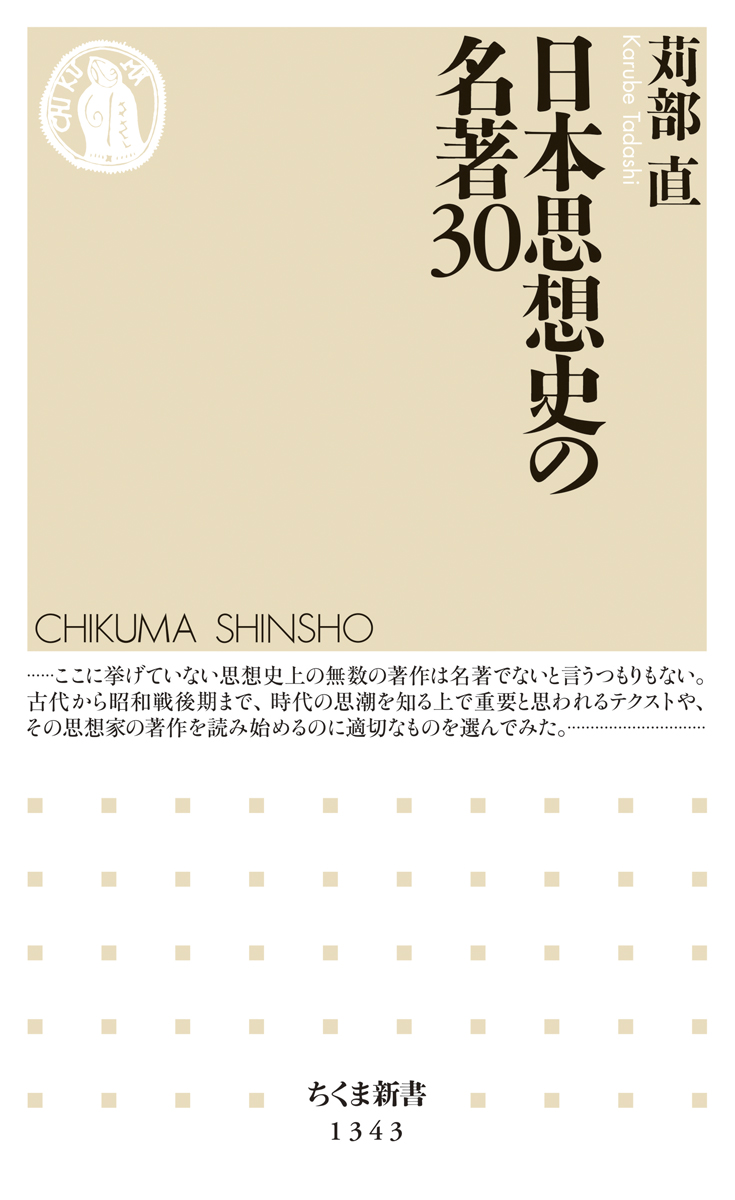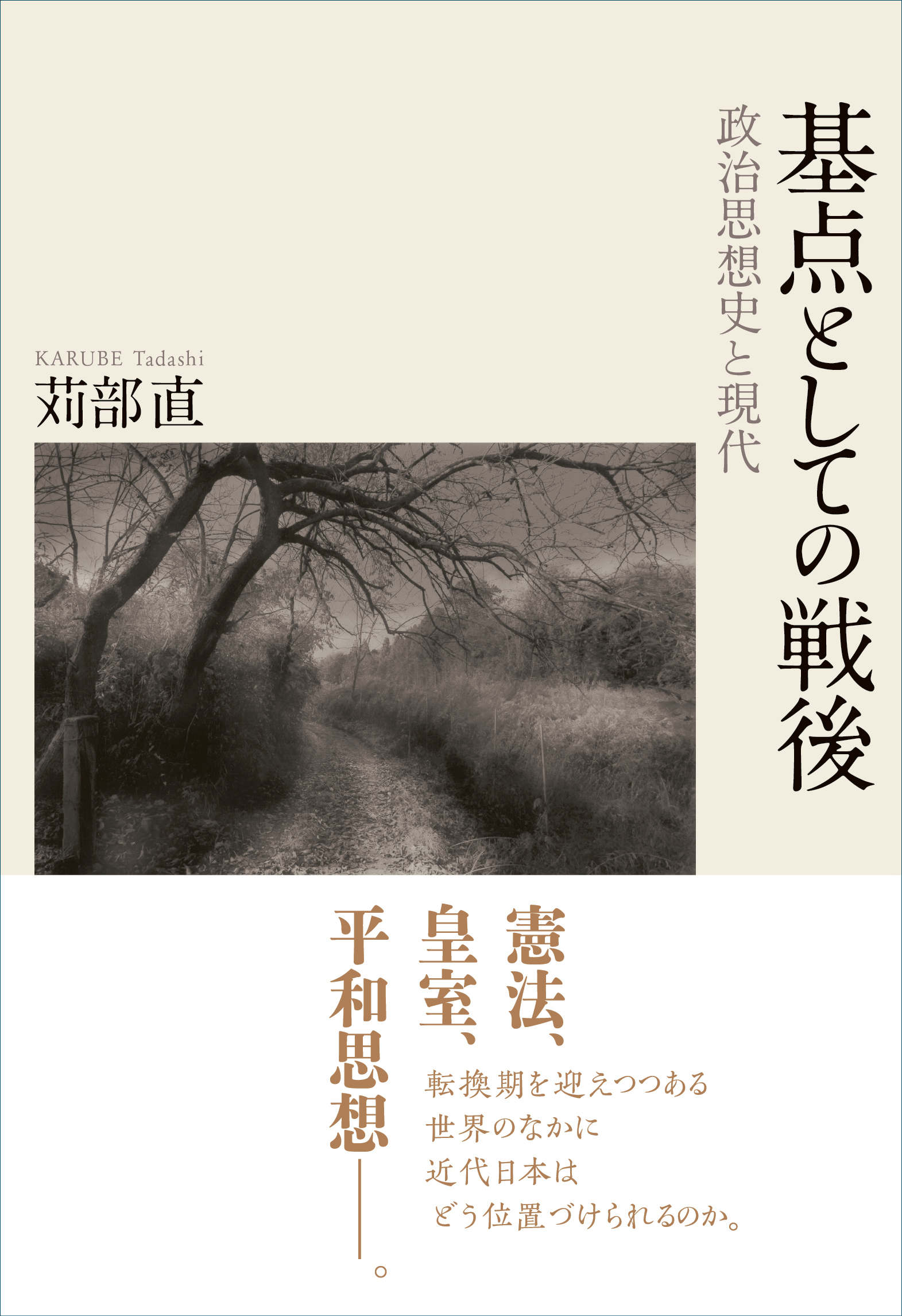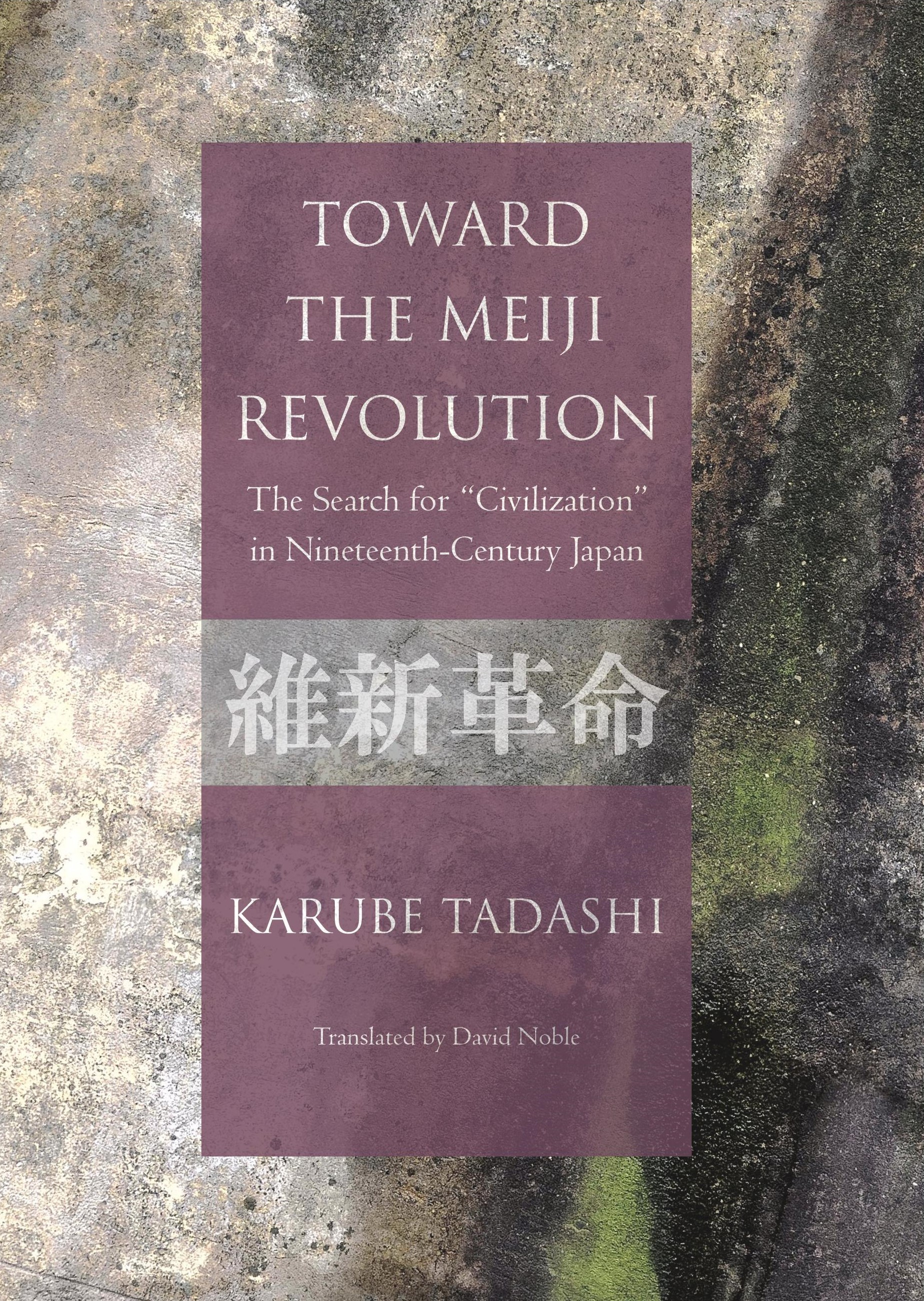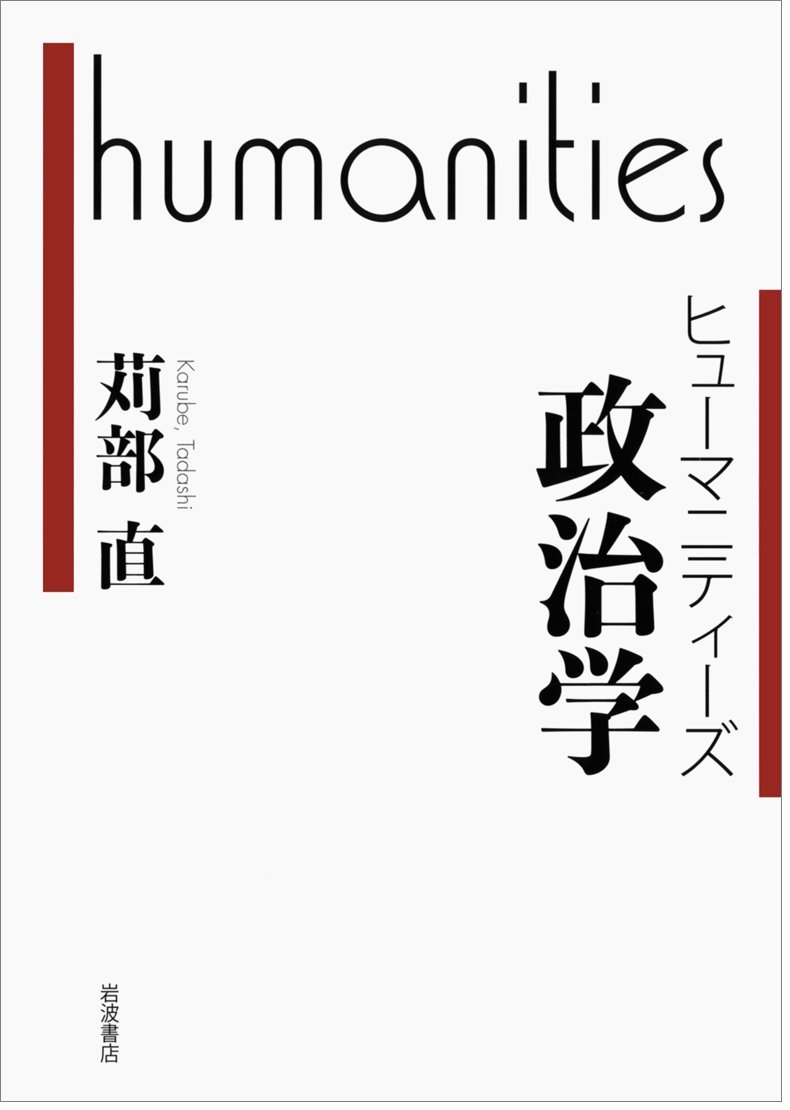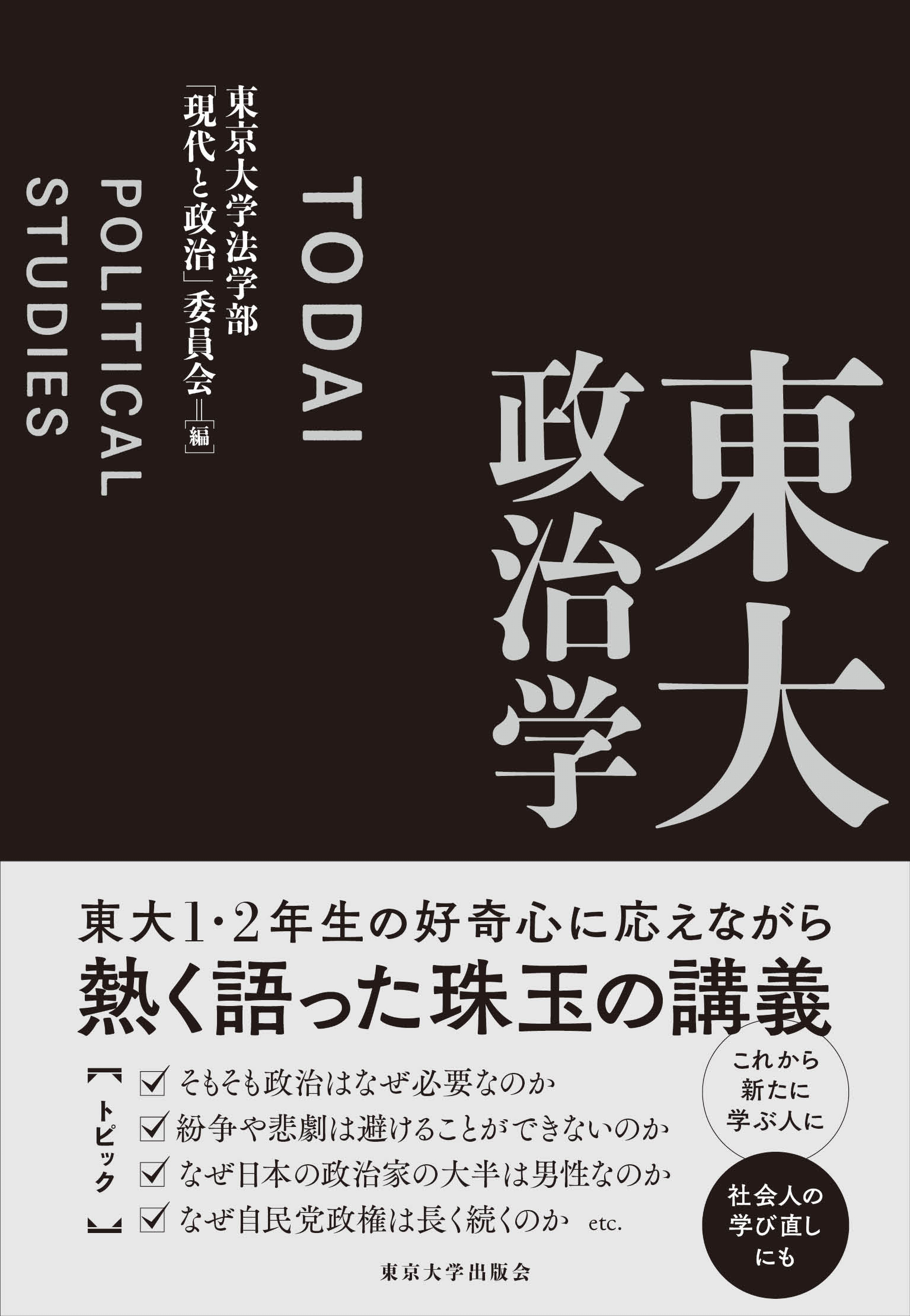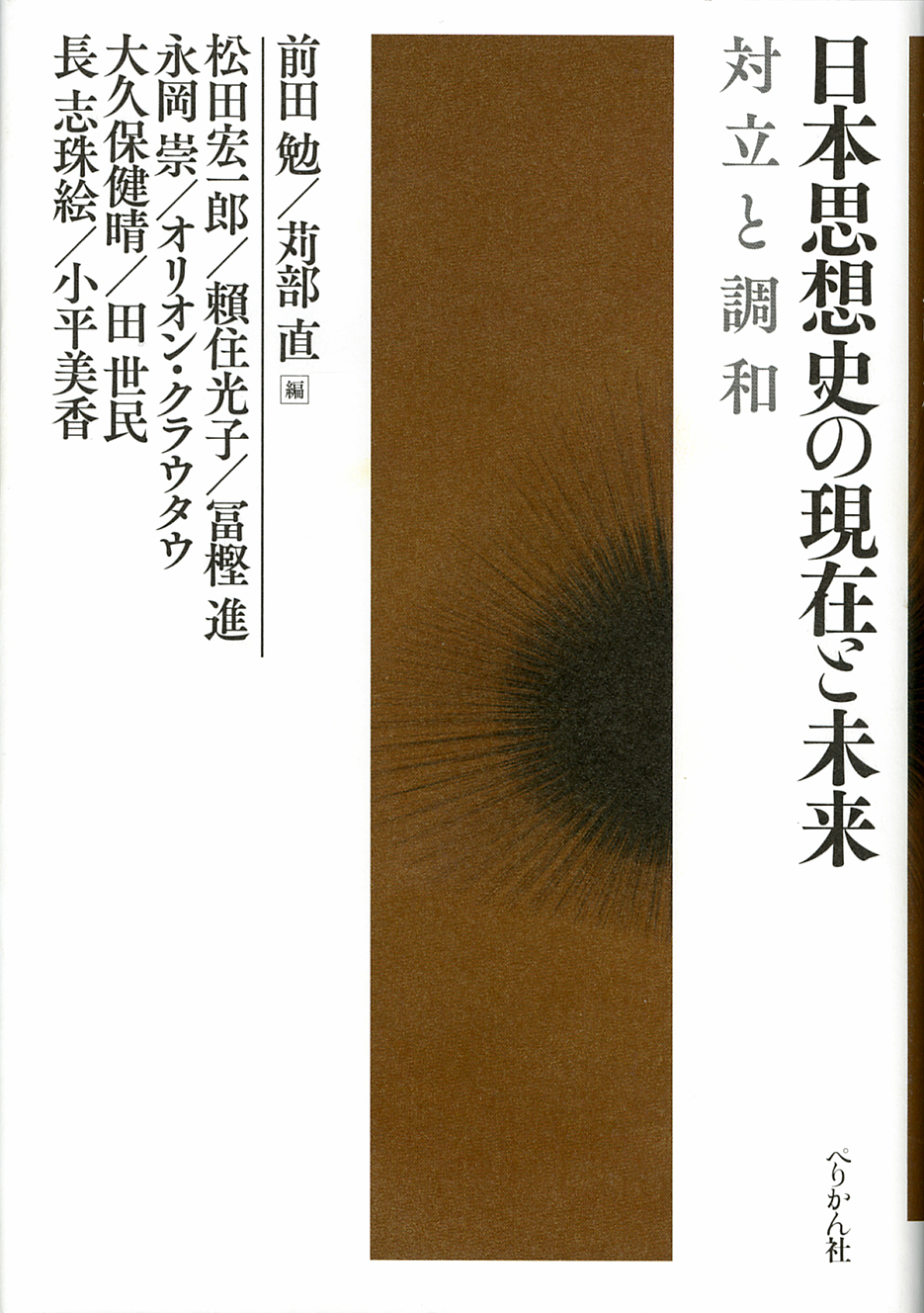
Title
Nihon Shiso-shi no Genzai to Mirai (The Present and Future of Japanese Intellectual History - Conflict and Harmony)
Size
320 pages, 127x188mm
Language
Japanese
Released
2021
ISBN
978-4-8315-1590-2
Published by
Perikansha Publishing Inc.
Book Info
See Book Availability at Library
Japanese Page
The current collection of articles was published to mark the fiftieth anniversary of the founding of the Association for Japanese Intellectual History in 2018. Maeda Tsutomu (Professor Emeritus, Aichi Prefectural University) and Karube Tadashi (Professor, Faculty of Law, The University of Tokyo), who consecutively served as the Chair of the Association, co-edited the volume, which collects 9 essays. All nine contributions are by early career or mid-career scholars at the forefront of research in the Association for Japanese Intellectual History.
When it was established in 1968, the majority of members of the Association were drawn from scholarly lineages of Japanese intellectual history at Tohoku University and Japanese cultural history at Kyoto and Doshisha Universities. The Association has pursued its activity by adding scholars of intellectual history from various fields including history, ethics, religious studies, political thought, and sociology. The current volume collects articles that look back on the Association’s activity over its fifty years and discuss future prospects in different specialized areas. The contributions draw from presentations at symposia at the Association’s 2017 and 2018 Annual Conferences.
Part I, entitled “The present and future,” collects essays that re-examine the four-way periodization of Japanese history into antiquity, the middle ages, early modern times, and modern times based on the latest research findings. In any era, it is important for any system of thought to look back on the history of the society one has lived in and to consider contemporary society and humanity. The four-way periodization widely used in the academia currently was devised at some point in the modern era to classify and survey history based on certain concern. It follows that if we revisit what people who lived in the transitional periods from the antiquity to the middle ages, from the middle ages to early modern times, or from early modern to modern times thought of each changes in history, we could renew the conventional picture of intellectual history. This Part collects research based on this idea.
Part II, entitled “Conflict and harmony,” contains essays focusing on three of the recently important themes in research that should open up new outward perspectives on the disciplinary field called Japanese intellectual history, namely, “religion and society,” “East Asia and Japan” and “Japanese thought and gender,” including the relationship between secular society and “the sacred,” the positioning of Japan in the environment called East Asia, and questions of gender issues in intellectual history. These groups of problems have of course been researched before, but their importance has been recently reaffirmed, as seen in a large number of books and articles. This volume collects reports from the forefront of such research in intellectual history.
Comprising Parts I and II, the current volume constitutes obligatory reading for those seeking to understand what Japanese intellectual history is and what its latest trends are at present.
(Written by KARUBE Tadashi, Professor, Graduate Schools for Law and Politics / 2022)



 Find a book
Find a book


